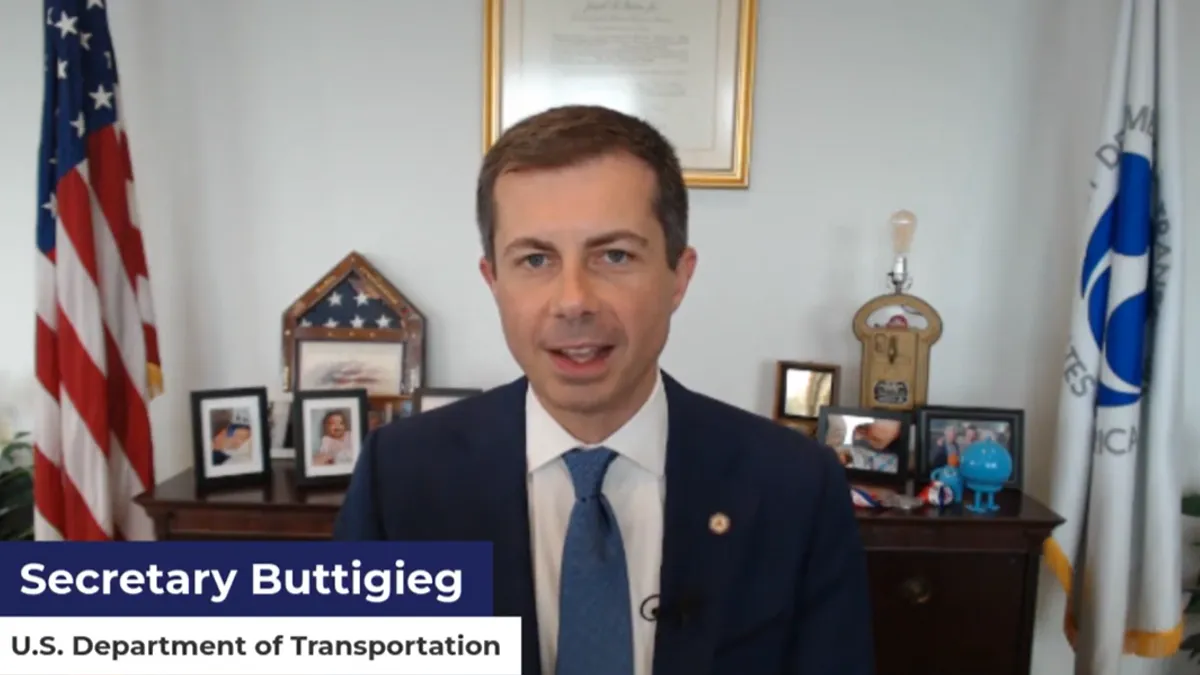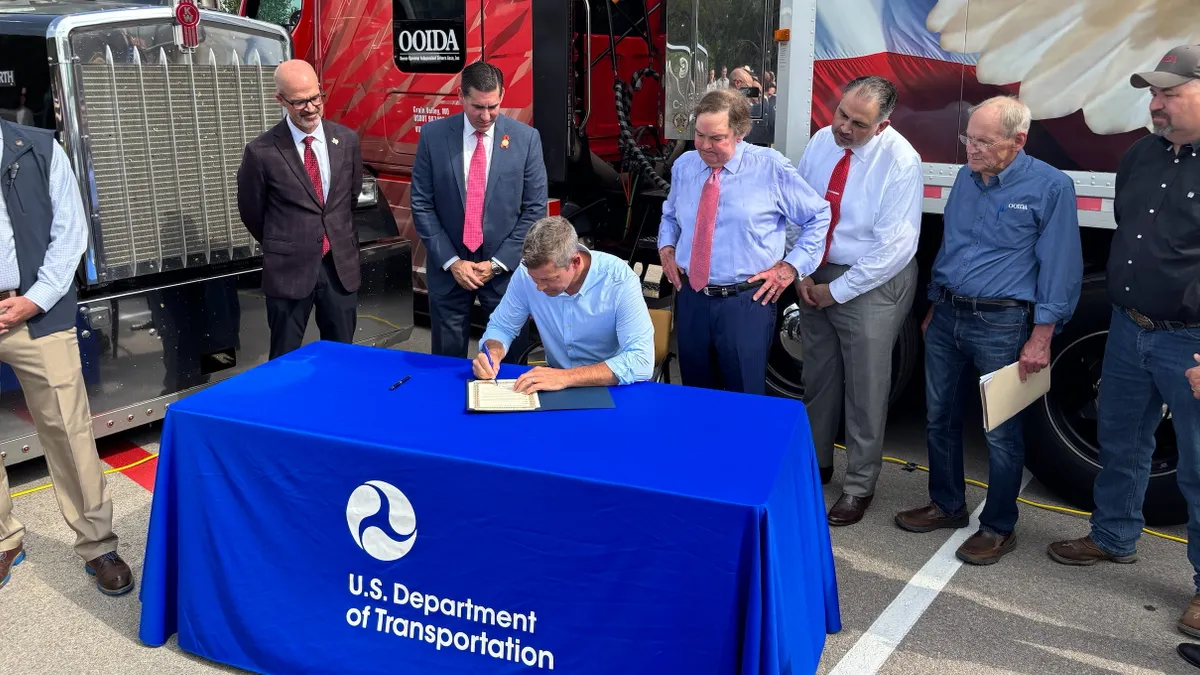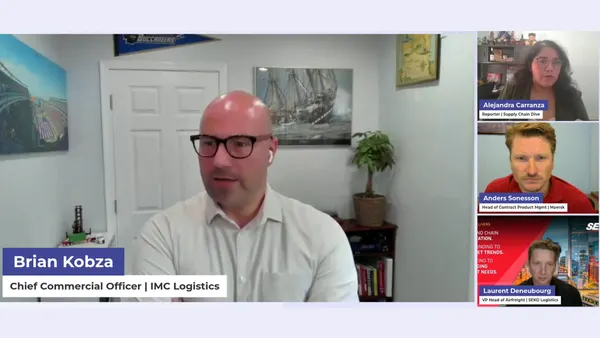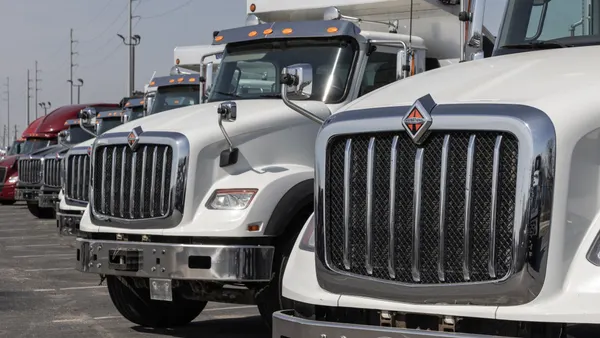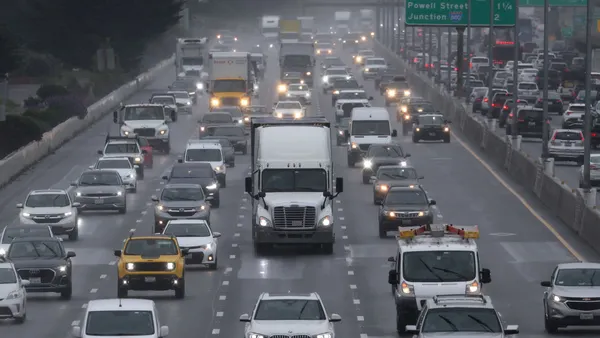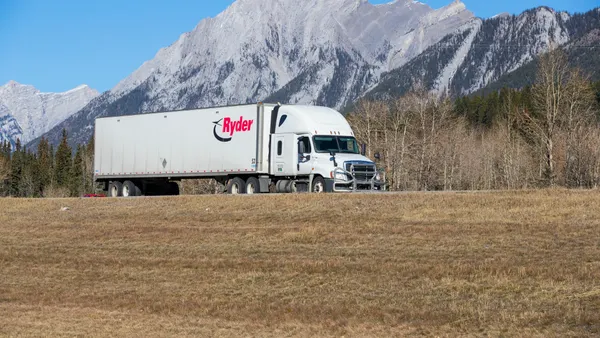Editor’s note: This story is part of a series highlighting takeaways from a July 24 event hosted by Supply Chain Dive, Trucking Dive and Manufacturing Dive. Register here to watch the replay on demand.
The Supreme Court’s decision overturning the Chevron doctrine will insert courts into the regulatory process “in a way that we haven’t really seen before,” Transportation Secretary Pete Buttigieg said Wednesday.
The 6-3 decision last month in Loper Bright Enterprises et. al. v. Raimondo, Secretary of Commerce, et. al., overruled a 1984 decision that required federal courts to give deference to agencies’ reasonable interpretation of ambiguous statutes.
“We are going to see courts getting more and more involved in what have generally been considered technical processes that are best served through a notice-and-comment rulemaking process,” Buttigieg said. “We are concerned about what that means.”
The effects of the Supreme Court nixing what Justice Elena Kagan described in her dissent as “the cornerstone of administrative law” could potentially have large-scale consequences for environmental and safety regulations on trucking and other industries.
The June 28 decision could be seen as putting regulated communities on a more equal footing with regulatory agencies, Varu Chilakamarri, a partner with global law firm K&L Gates, told HR Dive last month.
The Department of Transportation is closely analyzing the potential ramifications of the decision, Buttigieg said during a wide-ranging fireside chat at the “Supply Chain Outlook: Trends and Risks To Watch in 2024” event.
“All of what we do — we believe — is on solid legal ground, or we wouldn't do it,” the secretary said. “We also believe that there are strong foundations that could stand even in this new precedent.”
HR Dive contributed to this article.



